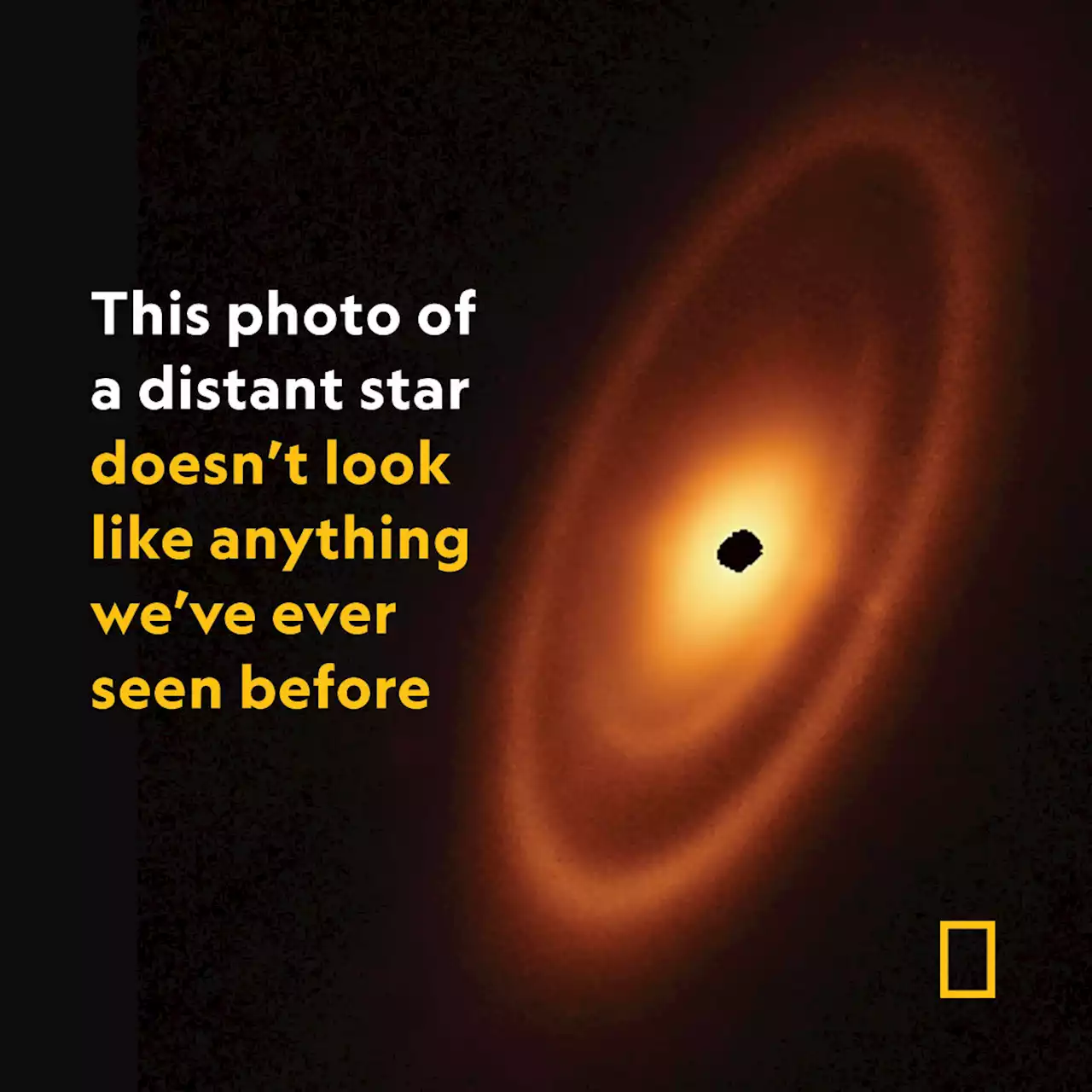Fomalhaut is one of the brightest stars in the night sky—and the James Webb Space Telescope has revealed belts of material orbiting the star in stunning detail
A new image from the James Webb Space Telescope has given scientists a stunning look at the dusty belts of debris surrounding a nearby star. Similar to the asteroid belt in our own solar system, these orbiting rings of shattered rock and ice can help reveal how planetary systems form.
The Fomalhaut system became even more intriguing in 2008 when astronomers using the Hubble Space Telescope detected what appeared to be a massive planet orbiting the star. Fomalhaut b was the first exoplanet directly observed in visible light. But it seemed to vanish in later observations, and in 2020,of the University of Arizona led a study that found the object was likely a cloud of dust billowing out from a collision between two smaller objects.
MIRI captures mid-infrared light, which the human eye cannot see. This type of light is especially useful for observing dust. Previous space telescopes also had mid-infrared instruments, but MIRI’s aperture is much bigger, which means it can collect more light and resolve fainter objects. , an astronomer at the University of Regina in Saskatchewan, Canada, who wasn’t involved in the new research. “I could spend a lot of time just staring at that image.”Fomalhaut b was once thought to be a planet, but researchers now believe it was a dust cloud from the aftermath of a collision between two 125-mile-wide protoplanetary bodies. The newly discovered"great dust cloud" could be the aftermath of such a collision, but from much larger bodies.
Malaysia Latest News, Malaysia Headlines
Similar News:You can also read news stories similar to this one that we have collected from other news sources.
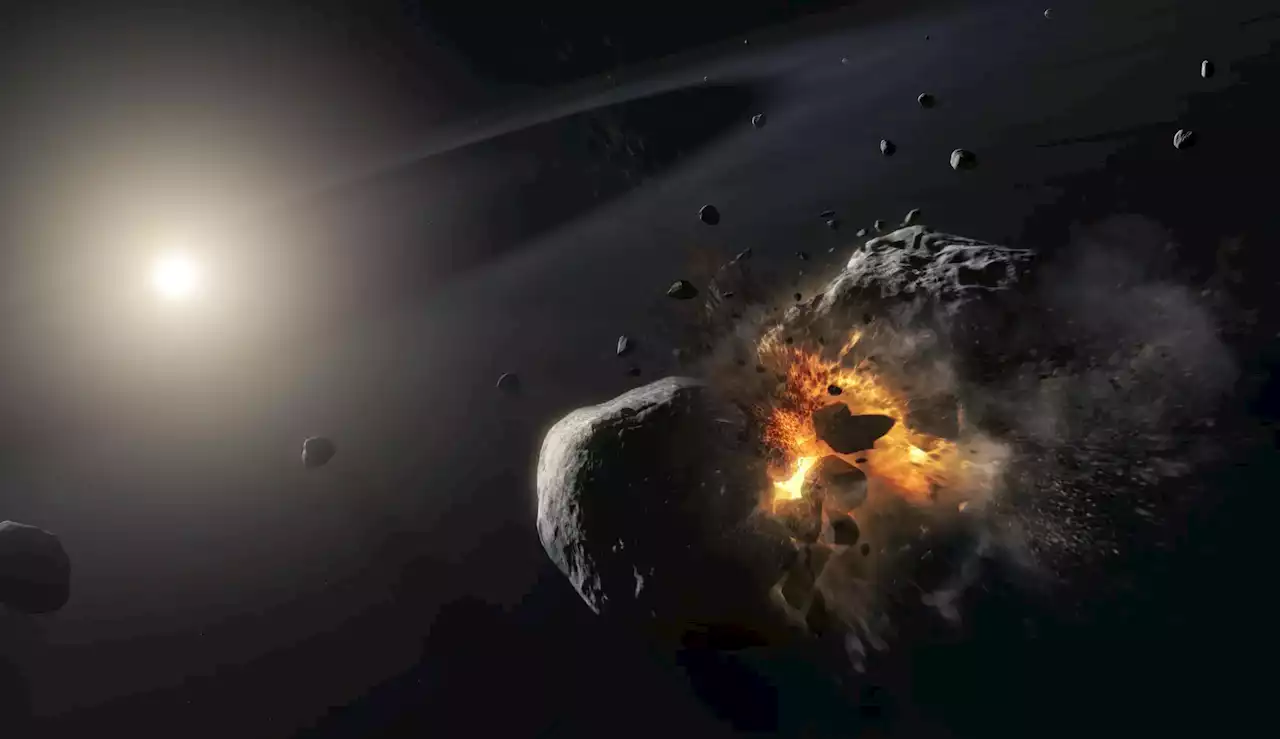 This Week @NASA: Webb’s Surprising Look at Fomalhaut’s Asteroid Belt, TROPICS CubeSats LaunchedA spacecraft changes parking spots at the space station … A surprising look at a star in another solar system … And small satellites that could be a big help tracking tropical storms … A few of the stories to tell you about – This Week at NASA! https://youtu.be/6tv0S_eBN2w Spacecraft
This Week @NASA: Webb’s Surprising Look at Fomalhaut’s Asteroid Belt, TROPICS CubeSats LaunchedA spacecraft changes parking spots at the space station … A surprising look at a star in another solar system … And small satellites that could be a big help tracking tropical storms … A few of the stories to tell you about – This Week at NASA! https://youtu.be/6tv0S_eBN2w Spacecraft
Read more »
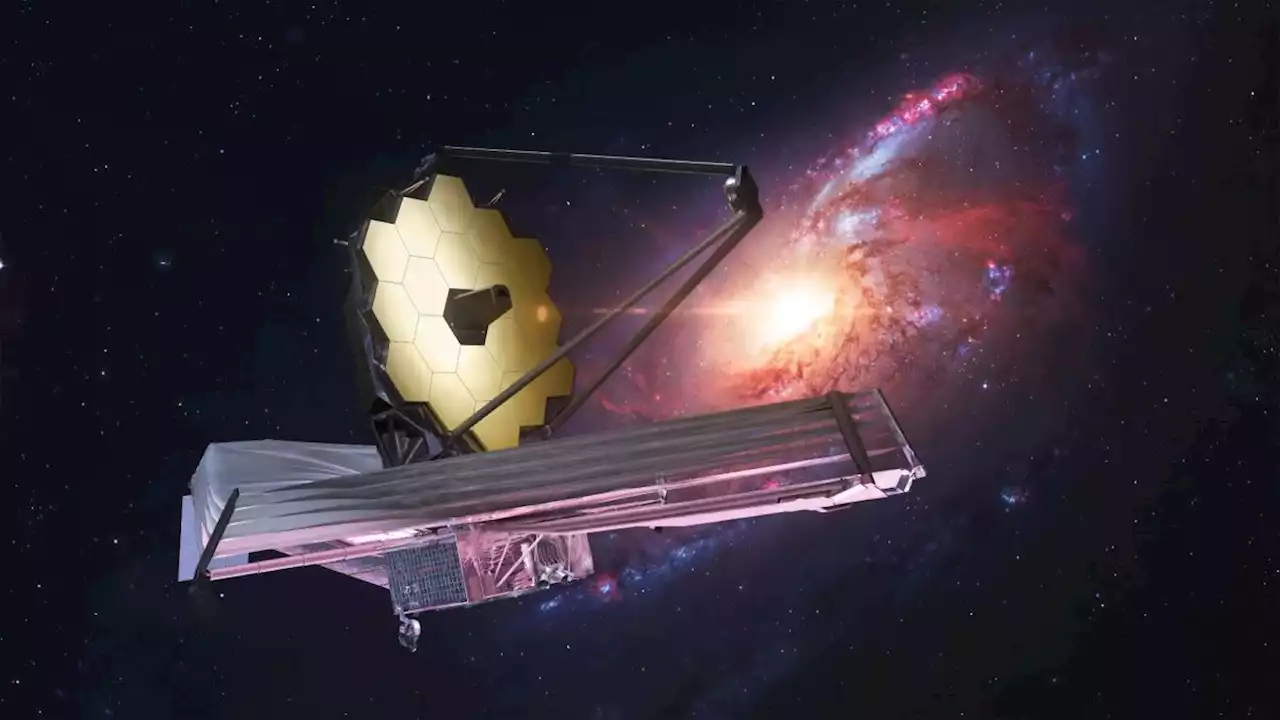 James Webb Space Telescope catches ancient galaxy in the act of explosive star birthThe galaxy is one of the earliest active star-forming galaxies studied in detail by astronomers.
James Webb Space Telescope catches ancient galaxy in the act of explosive star birthThe galaxy is one of the earliest active star-forming galaxies studied in detail by astronomers.
Read more »
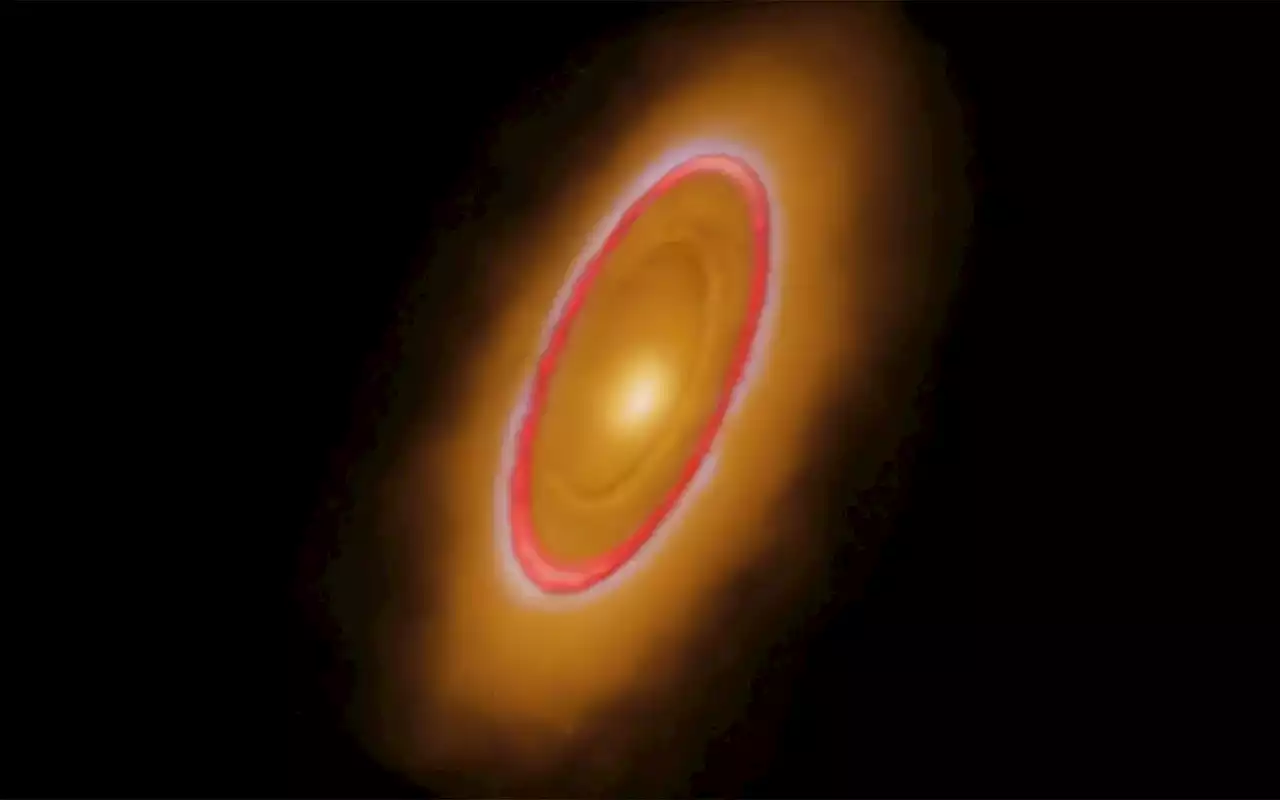 Webb Space Telescope Captures Nearby Planetary System in Breathtaking DetailA new Webb Space Telescope image of the bright, nearby star Fomalhaut reveals details never seen before, including nested rings of dust that hint at the forces of unseen planets. A team led by University of Arizona astronomers used NASA's James Webb Space Telescope to image the warm dust around a
Webb Space Telescope Captures Nearby Planetary System in Breathtaking DetailA new Webb Space Telescope image of the bright, nearby star Fomalhaut reveals details never seen before, including nested rings of dust that hint at the forces of unseen planets. A team led by University of Arizona astronomers used NASA's James Webb Space Telescope to image the warm dust around a
Read more »
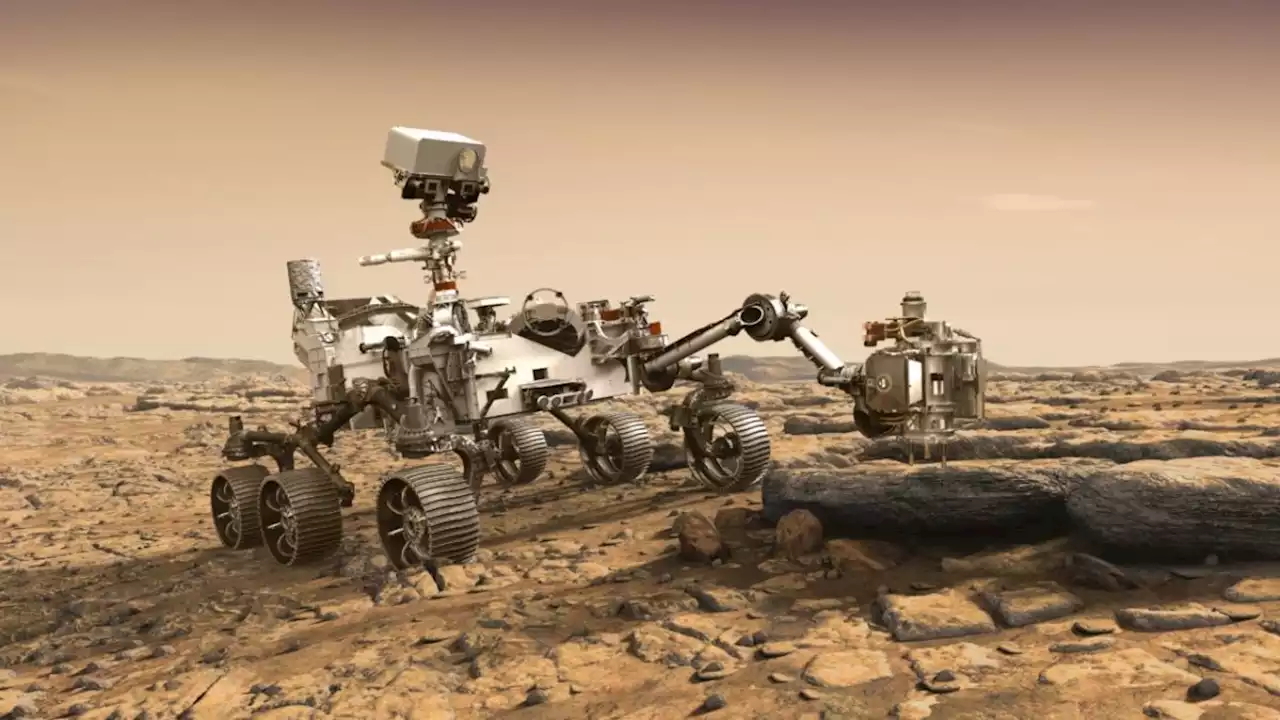 ChatGPT on Mars: How AI can help scientists study the Red PlanetLeonard David is an award-winning space journalist who has been reporting on space activities for more than 50 years. Currently writing as Space.com's Space Insider Columnist among his other projects, Leonard has authored numerous books on space exploration, Mars missions and more, with his latest being 'Moon Rush: The New Space Race' published in 2019 by National Geographic. He also wrote 'Mars: Our Future on the Red Planet' released in 2016 by National Geographic. Leonard has served as a correspondent for SpaceNews, Scientific American and Aerospace America for the AIAA. He was received many awards, including the first Ordway Award for Sustained Excellence in Spaceflight History in 2015 at the AAS Wernher von Braun Memorial Symposium. You can find out Leonard's latest project at his website and on Twitter.
ChatGPT on Mars: How AI can help scientists study the Red PlanetLeonard David is an award-winning space journalist who has been reporting on space activities for more than 50 years. Currently writing as Space.com's Space Insider Columnist among his other projects, Leonard has authored numerous books on space exploration, Mars missions and more, with his latest being 'Moon Rush: The New Space Race' published in 2019 by National Geographic. He also wrote 'Mars: Our Future on the Red Planet' released in 2016 by National Geographic. Leonard has served as a correspondent for SpaceNews, Scientific American and Aerospace America for the AIAA. He was received many awards, including the first Ordway Award for Sustained Excellence in Spaceflight History in 2015 at the AAS Wernher von Braun Memorial Symposium. You can find out Leonard's latest project at his website and on Twitter.
Read more »
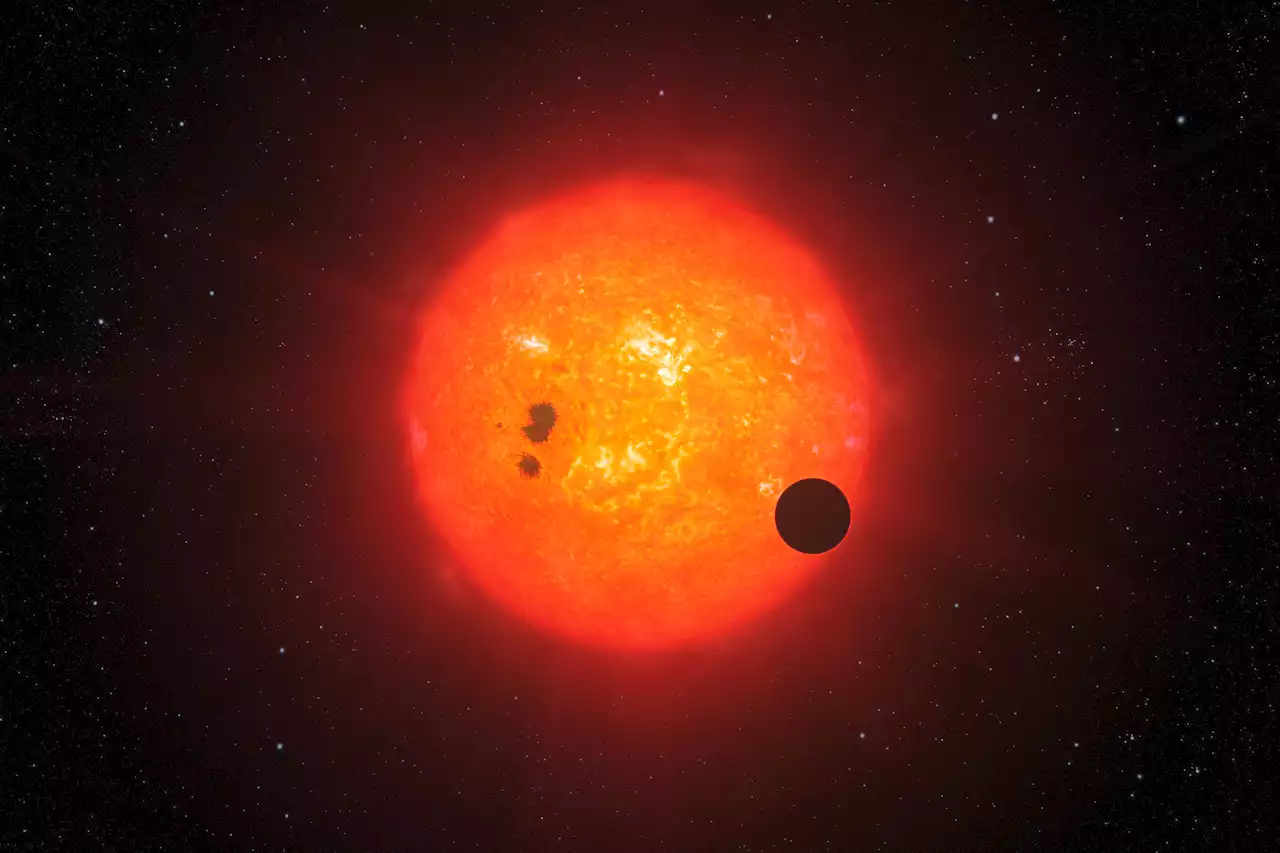 New Webb telescope images prove astronomers were wrong about this mysterious planetAstronomers say James Webb has helped them learn more about a mysterious planet that continues to baffle scientists.
New Webb telescope images prove astronomers were wrong about this mysterious planetAstronomers say James Webb has helped them learn more about a mysterious planet that continues to baffle scientists.
Read more »
 Giants waste Logan Webb’s strong start, lose 2-1 to ArizonaThe Giants lose three of four to Arizona, a team they hope to compete with for a playoff berth in the N.L. West.
Giants waste Logan Webb’s strong start, lose 2-1 to ArizonaThe Giants lose three of four to Arizona, a team they hope to compete with for a playoff berth in the N.L. West.
Read more »
